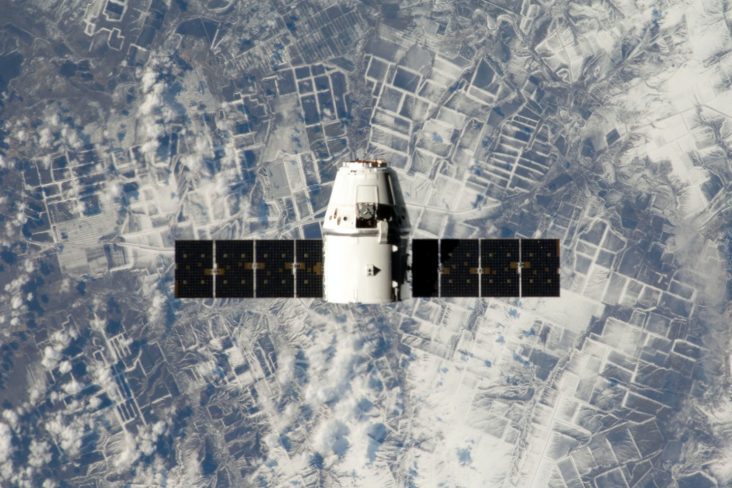Satellite Data Privacy and regulation: A Fun Take!

Hey there! In today’s world, satellites are like the superheroes of technology. Their incredible abilities help us with everything from staying connected with loved ones to monitoring the environment and keeping us safe.
I am often asked, “Since satellites are watching us from above, how does privacy work?”
I will reassure you immediately. Although today’s satellite technology can give us a resolution of up to 30 cm, they cannot recognize your dog, car number plate, or even your face yet.
In recent years, privacy has become a hot-button issue as technology advances and data becomes more accessible. With the proliferation of smartphones, social media, and the internet of things, personal information is being collected and shared at an unprecedented rate. As a result, privacy has become a central concern for individuals, governments, and organizations around the world.

Let’s start with the regulation.
The United Nations Convention on the Law of the Sea and the International Civil Aviation Organization (ICAO) is like the Justice League of the satellite. These regulations balance the awesomeness of these technologies with the need to protect our privacy. Like superheroes, these regulations ensure satellites are used for good purposes.
Now, let’s move to the European Union, which has its own privacy regulations, like a European version of the Avengers. The main regulation is the General Data Protection Regulation (GDPR), which is like Captain America, the leader of the team. The GDPR requires organizations to get permission before collecting, processing, and storing our personal data and to keep our data secure. It also gives us the right to access our data, the right to have it deleted, and the right to take it with us if we want.
In conclusion, satellites are amazing technologies, but we must ensure our privacy is protected. International and European regulations are there to ensure that these technologies are used for good and not evil. So, let’s enjoy the benefits of satellites, knowing that our privacy is in good hands!

Is the Maximum Resolution of Satellite Data a Privacy Concern?
No, the maximum resolution of satellite data (30 cm per pixel) cannot be a privacy concern. With satellites increasingly capable of collecting images with higher and higher resolution, personal details such as license plate numbers or faces of individuals cannot be collected. By the way, the topic is generally linked to a privacy hazard as this data can be used for unauthorized or security-threatening purposes. This is why international and European regulatory authorities have committed to protecting the privacy of satellite data by establishing rules and procedures for collecting and using such data.
Read on: Join “Earth from Space” newsletter on LinkedIn


